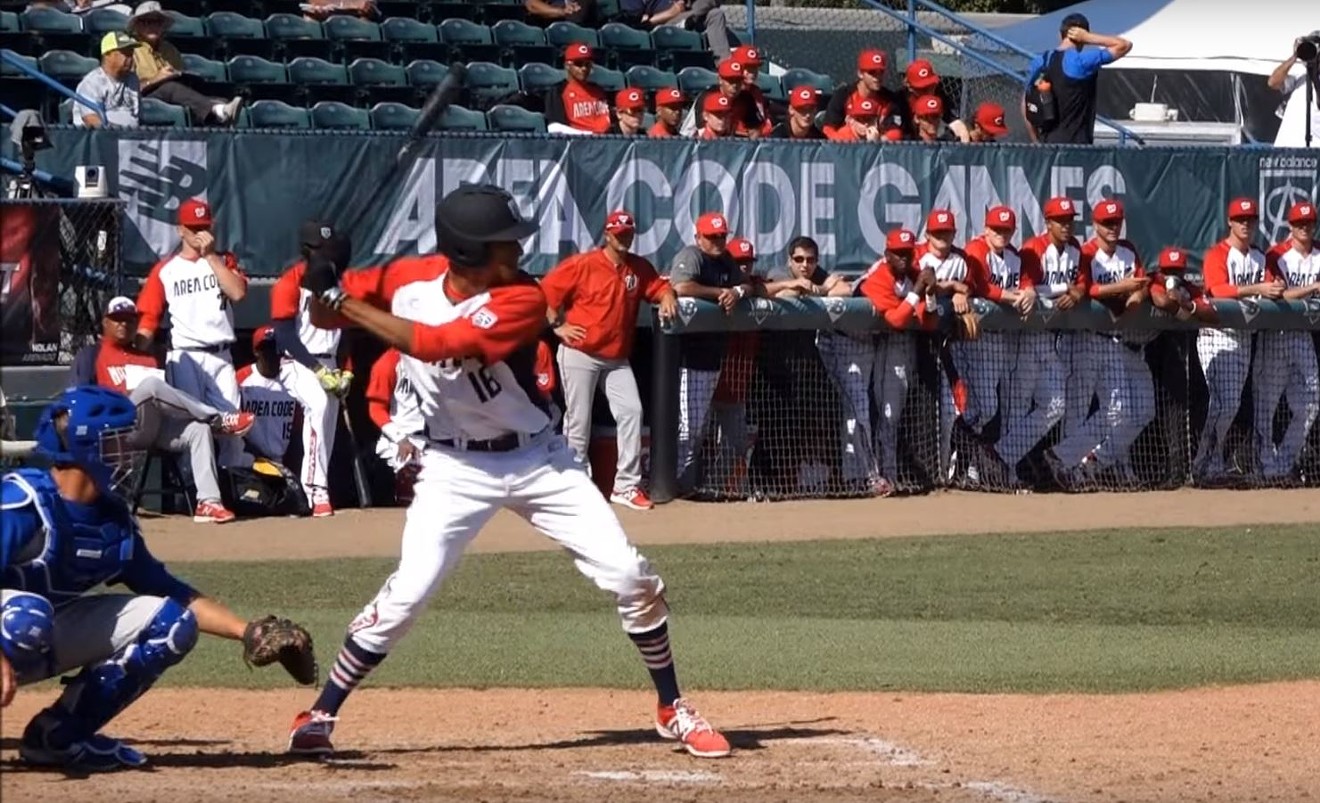For a variety of reasons, Major League Baseball's annual draft takes place with considerably less fanfare than those of the country's three other major sports leagues. While the NFL, NBA and NHL drafts are offseason showcases, MLB's takes place with little pomp and ceremony every June, with picks announced as the teams making them are in the middle of regularly scheduled games.
The draft is interminable, lasting 40 rounds, and the prospects picked all take at least a couple of years to appear on their big-league clubs' radars, with very few exceptions. None of that means the draft isn't worth paying attention to, however.
Drafting well is essential both to providing homegrown value to clubs' big-league rosters and to stocking the farm system, so teams can make necessary additions at the trade deadline when they're in positions to make the postseason. Without drafting Ian Kinsler in the 17th round of the 2003 draft, the 2010 and 2011 Rangers wouldn't have made the World Series.
The same could be said for the team's 2007 trade of Mark Teixeira, which stocked those best-ever Rangers teams with three key components, Neftali Feliz, Elvis Andrus and Matt Harrison. Without drafting Teixeira in the first round of the 2001 draft, that trade never would have happened either.
Keeping in mind that the benefits or repercussions of the 2017 draft won't be felt until well after the Rangers move into their new stadium in 2020, let's get to know the five guys the team picked at the top of its draft.
Outfielder Bubba Thompson (26th overall selection) — Thompson was a two-sport star at McGill-Toolen Catholic High School in Alabama. Despite being a three-star football recruit at quarterback, Thompson, who turned 19 on Friday, elected to commit to baseball, signing a letter of intent to play college baseball at the University of Alabama. After being picked in the first round, however, Thompson said he intends to sign with the Rangers.
In scouting terms, Thompson is what's known as a toolshed. While he lacks the polish often associated with players who are drafted out of college, Thompson has plenty of raw athleticism. He's an outstanding baserunner and a capable outfielder, and he has above-average power, but there are questions about his ability to hit pro pitching for average.
The Rangers have had success with players like Thompson in the past. Nick Williams, whom the Rangers drafted in the second round in 2012, helped the Rangers land Cole Hamels in a 2015 trade, and Lewis Brinson, taken in the first round of the same draft, was the essential piece of last year's trade for Jonathan Lucroy and Jeremy Jeffress.
Shortstop Chris Seise (29th overall selection) — Seise, from West Orange High School in Florida, is a talented defensive shortstop who still needs to develop at the plate. At 6'3", he's big for a Major League shortstop but has the quickness and soft hands necessary to play one of baseball's most difficult defensive positions, according to scouts. While his offensive game is inconsistent at best, Seise has decent swing mechanics and plenty of time to develop into a big-league hitter. He won't turn 19 until January.
Right-handed pitcher Hans Crouse (66th overall selection) — In addition to having one of the best names in the draft, Crouse, from Dana Springs High School in California, is a hard-throwing righty who could eventually touch 100 mph on the radar gun, according to scouts. While Crouse also features an above-average curveball, his imperfect mechanics and lack of third pitch make him more of a project than a finished article. His potential, thanks to the velocity and late movement on his fastball, is through the roof.
Catcher Matthew Whatley (104th overall zelection) — Whatley, the first college player selected by the Rangers this year, comes out of Oral Roberts with a sterling defensive reputation. During the 2017 college season, he hit a career best of 11 home runs and batted .302 against less-than-stellar competition in the Summit League. Like most catchers, Whatley will need years of seasoning in the minors to learn how to handle a big-league staff, but his big arm and above-average pitch blocking could help him become an MLB backup, if nothing else.
Right-handed pitcher Ryan Dease (134th overall selection) — Dease, another high school project, has a low-90s fastball and an above-average change-up. Like Crouse, he'll need to develop a third pitch if he ever hopes to get big-league batters out on a regular basis. Baseball America calls Dease, who attended high school at baseball-focused prep program The Next Level Academy in Florida, a "classic projectable prep right-hander.”
[
{
"name": "Air - MediumRectangle - Inline Content - Mobile Display Size",
"component": "18855504",
"insertPoint": "2",
"requiredCountToDisplay": "2"
},{
"name": "Editor Picks",
"component": "17105533",
"insertPoint": "4",
"requiredCountToDisplay": "1"
},{
"name": "Inline Links",
"component": "18349797",
"insertPoint": "8th",
"startingPoint": 8,
"requiredCountToDisplay": "7",
"maxInsertions": 25
},{
"name": "Air - MediumRectangle - Combo - Inline Content",
"component": "17105532",
"insertPoint": "8th",
"startingPoint": 8,
"requiredCountToDisplay": "7",
"maxInsertions": 25
},{
"name": "Inline Links",
"component": "18349797",
"insertPoint": "8th",
"startingPoint": 12,
"requiredCountToDisplay": "11",
"maxInsertions": 25
},{
"name": "Air - Leaderboard Tower - Combo - Inline Content",
"component": "17105535",
"insertPoint": "8th",
"startingPoint": 12,
"requiredCountToDisplay": "11",
"maxInsertions": 25
}
]












